If you’ve looked across an expanse of unbroken snow, you may understand what drives Sonja Hinrichsen, an artist from Germany, who, awed by the beauty of the natural world, wants to showcase it for people in a way that increases their awareness, appreciation, and care of it. One way she does this is by strapping on a set of snowshoes and tramping across fields of snow, turning them into huge artistic canvases. With her feet and the snowshoes, she tracks out works of art that cross and curve, sometimes over massive expanses of snowy landscape.
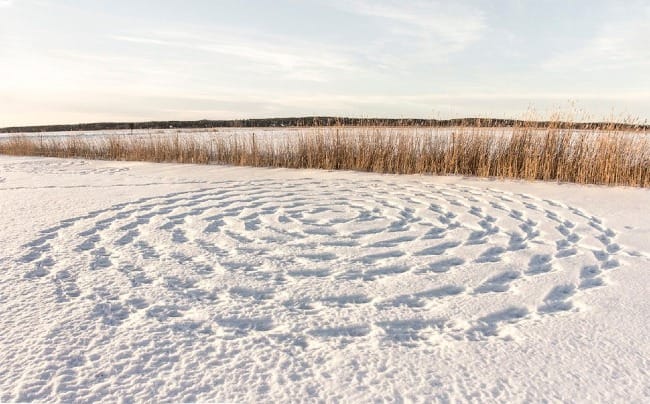
The patterns she creates in the snow are composed of many, many steps taken in the snow, spaced and aligned to form spirals, circles, curves, and lines strung and held together by pathways of connection.
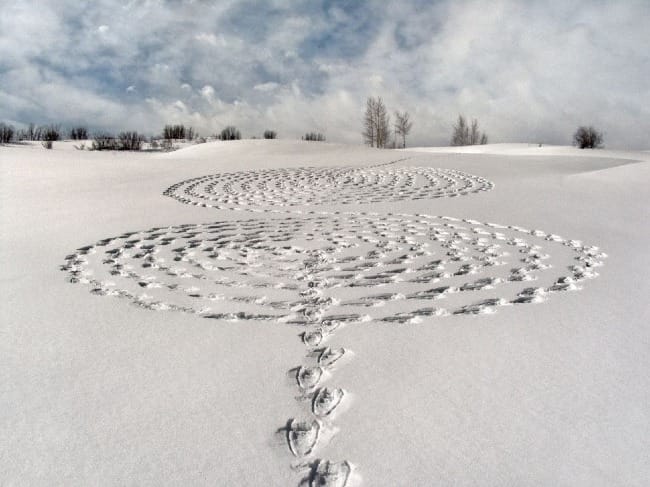
Her spirals give the appearance of snow labyrinths and according to some who have helped in her work, that can be what it feels like when you are creating them as well. "It’s very meditative and it’s a cool design where you can get lost in your own space and you don’t have to think a lot,” long-time participant Betsy Blakeselee said. “It’s kind of like walking meditation.” Or as Hinrichsen says, "The walking becomes meditative, especially with the spiral shapes that I use a lot – participants can let go and immerse themselves in the landscape. It’s different from skiing or even hiking, where one would just pass through the landscape as opposed to letting it sink in for a long time."
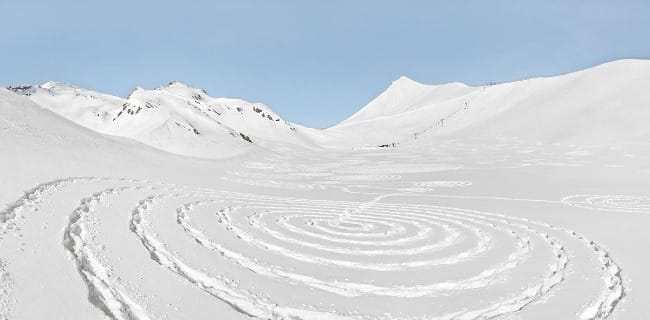
It's interesting to think of using snowshoeing not just as a means of traveling from one place to another through deep snow, but to see in the activity the potential for contemplation and deep immersion within a very particular place, without the goal of a different physical destination. As someone who likes to dawdle when hiking, it is an intriguing idea to consider.
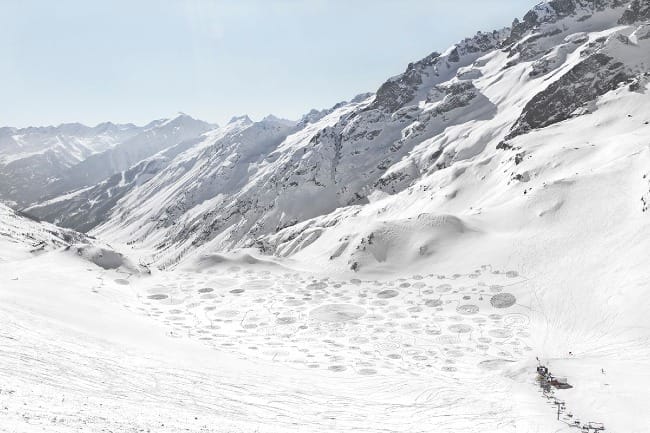
The footsteps create patterns that can be as small as a single spiral or as large as an entire valley floor.
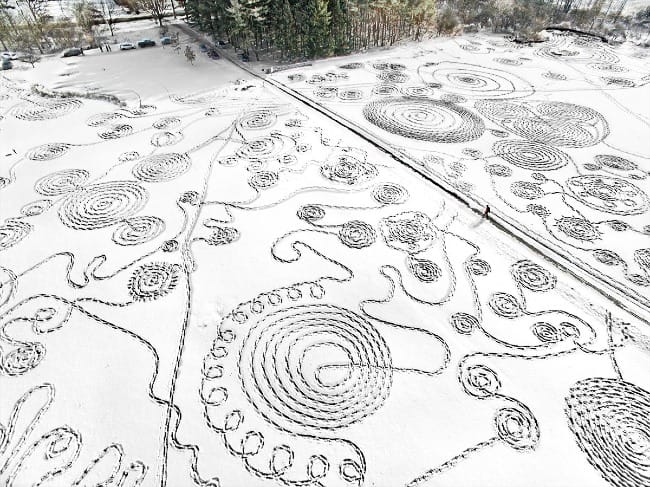
She gravitates toward natural forms in her work, particularly the spiral, which is easy to create, but also has room for many creative differences, depending on whether pathways are tight or loose, uniform or variable, etc. In the same way that nature repeats and varies the spiral form in seashells, draining water, seedpods, and even the galaxy, to name a few, she is drawn to use and repeat this familiar and elemental form.
Rather than regretting the short-term nature of her art form, the ephemeral nature of the work is particularly appealing to Hinrichsen. As she says, "we humans have put so much stuff on this planet. As an artist I feel like there is no need to make more stuff." Her work tries to point out the beauty of natural features, but without the need for permanence in her own created art. One snowfall can erase the work, leaving only recordings, videos, and other documentation of the artwork behind as evidence.
As Hinrichsen's vision has expanded, her "Snow Drawings," have turned into community participation events in which many people are involved in creating and experiencing the artwork. When a large group of people join in by strapping on snowshoes, a much larger artistic creation is made possible. She mentions that in the community projects, it is the shared experience that the participants take away with them that is the most significant legacy of these projects.
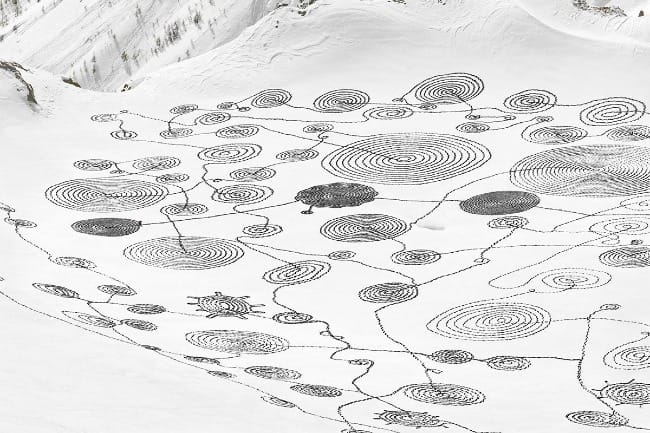
Originally, Hinrichsen's view of her own art was limited to the eye-level view she could see when standing on the ground, but her perspective was greatly expanded after someone offered to take her up in their plane to see her work from the air. That aerial view transformed the way she sees (and documents) her art. Now there are drones to take videos and planes or helicopters to take pictures, which show more clearly the larger works in their entirety.
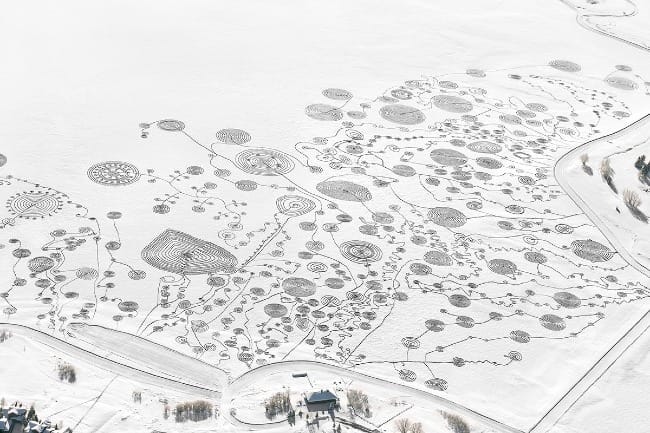
With her large-scale community projects, there is a lot of planning involved in finding appropriate places to create the work that are safe from snowmobiles and connecting with organizations and people who want to help with the event logistics. After all, rounding up enough people and sufficient snowshoes for these projects isn't a simple task; there is a lot of planning involved.
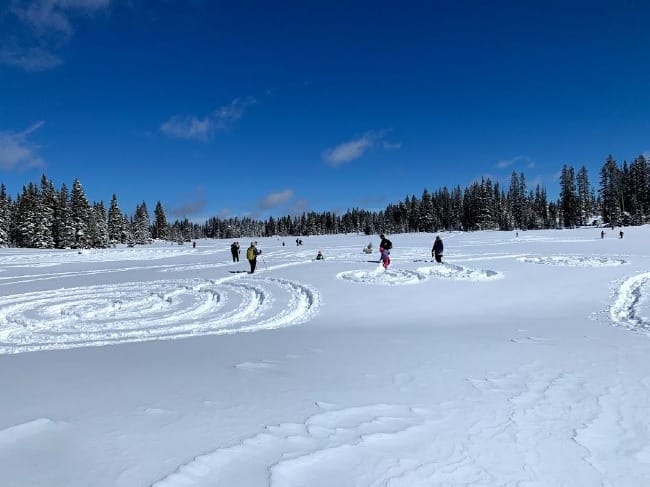
When a community event is happening, Hinrichsen will usually provide participants with pencil drawings of her overall vision and explanations of how to connect one design to another. From there, the groups are sent off, and, in significant ways, this is when Hinrichsen's control of the project's outcome ends. As the groups spread apart, each of them takes with them the power to create their own piece of the tapestry.
"We are the Water" was a snow drawing project that was part of a three-day seminar concerning water issues of the Colorado River system. It was the culmination of the seminar and involved an abstract recreation of the historical flow of the Yampa River in Colorado across the frozen reservoir which has now filled up as a result on one of the dams on that section of the river.
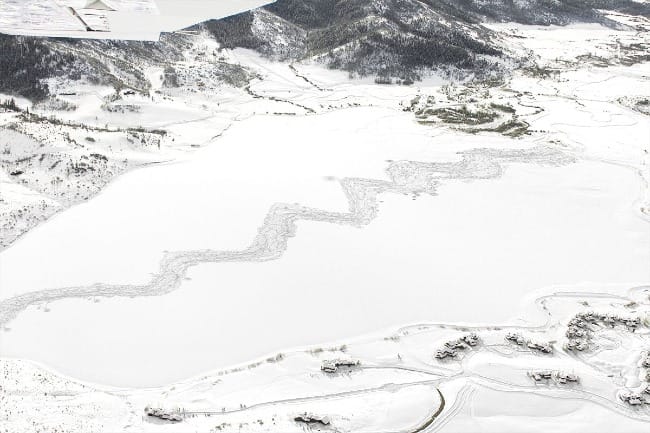
Those who participated were told to think about how water moves, both as single droplets and in union with other droplets—how it joins, separates, bumps against obstacles. In other words, they were to told to imagine and act like water.
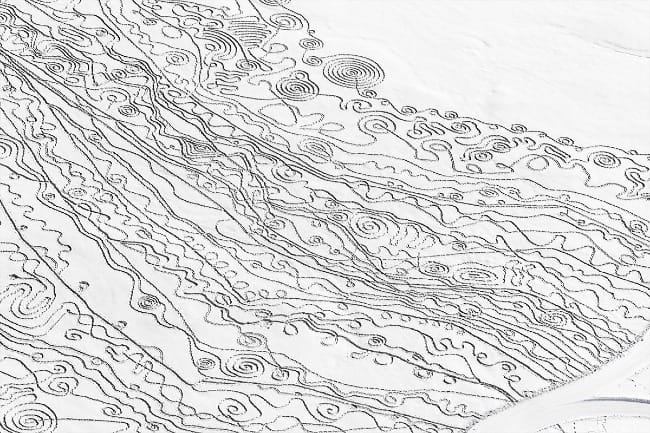
The scale of this project is impressive as is the detail and imagination shown in the visualization of the historic river flowing across the valley floor.
As Hinrichsen says, her work is subtle and depends upon the cooperation of the natural elements. "The shadow that gets cast into the imprint makes the pattern. If there is no sun, there is no pattern.
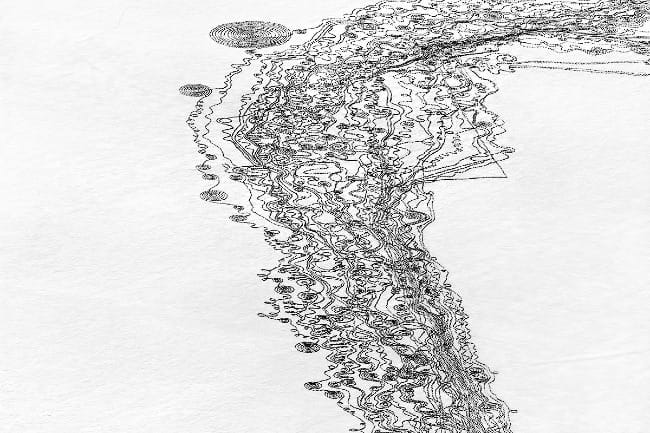
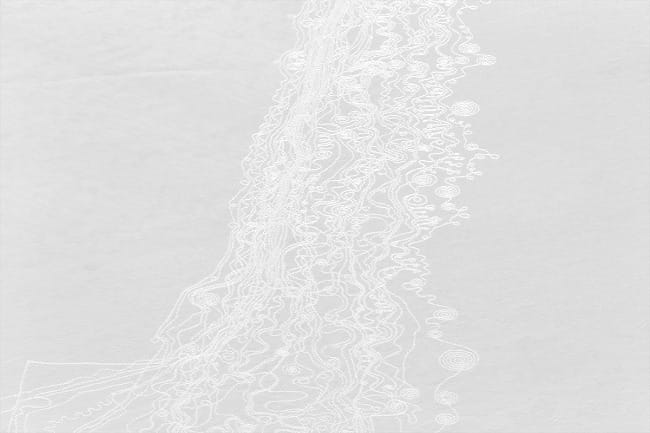
We are the Water, Snow Drawings project, Yampa River, 2016, Sonja Hinrichsen
Because of the difference in light and shadows, the two images above, both of which are from the "We are the Water" project, are very different. The lines that are dark and visible because of the shadows in the first become lines of white in the second image. This, too, speaks to the ephemeral nature of Hinrichsen's work since even if the work is untouched, its appearance is as changeable as the environment it is a part of.
Rather than just passing through a landscape, how do you think slowing down and interacting with the environment in a new and different way might help you to appreciate it and care for it differently?
To leave a comment, click below or contact me directly at info@circlewood.online.
Louise
To learn more about the work of Sonja Hinrichsen, visit her webpage. To see a YouTube video about the making of one her snow projects, click here
